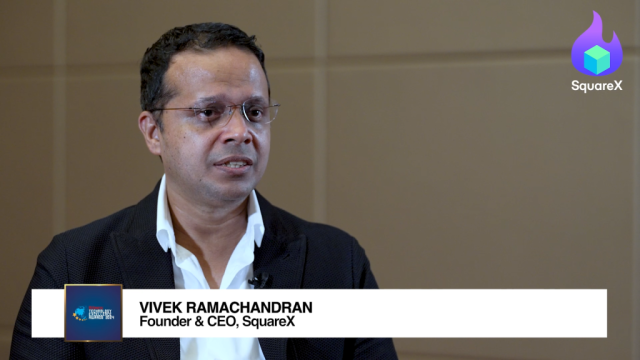What do Apple, Google and Disney have in common?
By Peter LohThe mobile computing industry is the convergence and consolidation of PC and mobile devices, software and apps, media and content.
In my previous article, I had highlighted a “titanic struggle” occurring in the mobile computing market, where Ken Auletta, author of The Highwaymen, had observed the growing intensity of competition for control of the world's fastest-growing industry: communications.
The contestants are the huge Hollywood studios, the television networks, and telephone, publishing, and computer companies. The prize is not only vast wealth, but a virtual lock on the dissemination of information worldwide.
The introduction of smartphones and tablets, coupled with new 4G networks allowing faster as well as better internet accessibility for downloads of apps and media content, have driven the demand for data services in mobile devices. This new growth driver in demand for media content has attracted competition from different industries – gaming (e.g. angry birds), entertainment (e.g. videos and music), telecoms (mobile marketing and advertising), software (e.g. Microsoft, Google), media (e.g. Facebook, Foursquare), apps (e.g. Skype, Instagram, Whatsapp), etc.
There is a convergence of hardware, software, media, and content industries into a hugely expanded market segment. Leading to a need for vertical integration such as Google’s acquisition of Motorola Mobility – an integration of hardware (mobile device), software (Android), apps (e.g. Google map), and content (YouTube).
Even companies like Disney which has theme parks, entertainment content, and retail business is looking for vertical integration of its businesses, in a similar fashion to Google’s.
In the past, Disney needed the cinemas and the big screens for its movies, the channels like Blockbuster for its VCDs, and the retail stores for its Disney products. With the internet and ease of online shopping, a customer could easily purchase and download movies, games and products.
A war for control of the communication that enables the dissemination of information and content is brewing and intensified the competition in the market. The leading players such as Google and Samsung are embarking on an acquisition course to ensure they have a full suite of armory to be competitive.
Apple which had an early start with its iPod and iTunes, is clearly leading the pack with its exemplary business model.
Amazon is another leading player with its Kindle hardware and subscription revenue model with an increasing stable of products and service offerings. Another example of the vertically integrated model.
We were familiar with the vertically integrated manufacturing operations model for the huge MNCs, which was then outsourced to the contract manufacturers who themselves become vertically integrated, where some have included the logistics services.
Now, this concept and approach is similarly applied to the business model, where businesses are trying to be vertically integrated in order to garner a full suite of products and services, as well as control the media or delivery channels to the end customers.
This has changed the rules of competition and the market landscape, and we are witnessing a revolutionary transition of the traditional business models.

























 Advertise
Advertise









